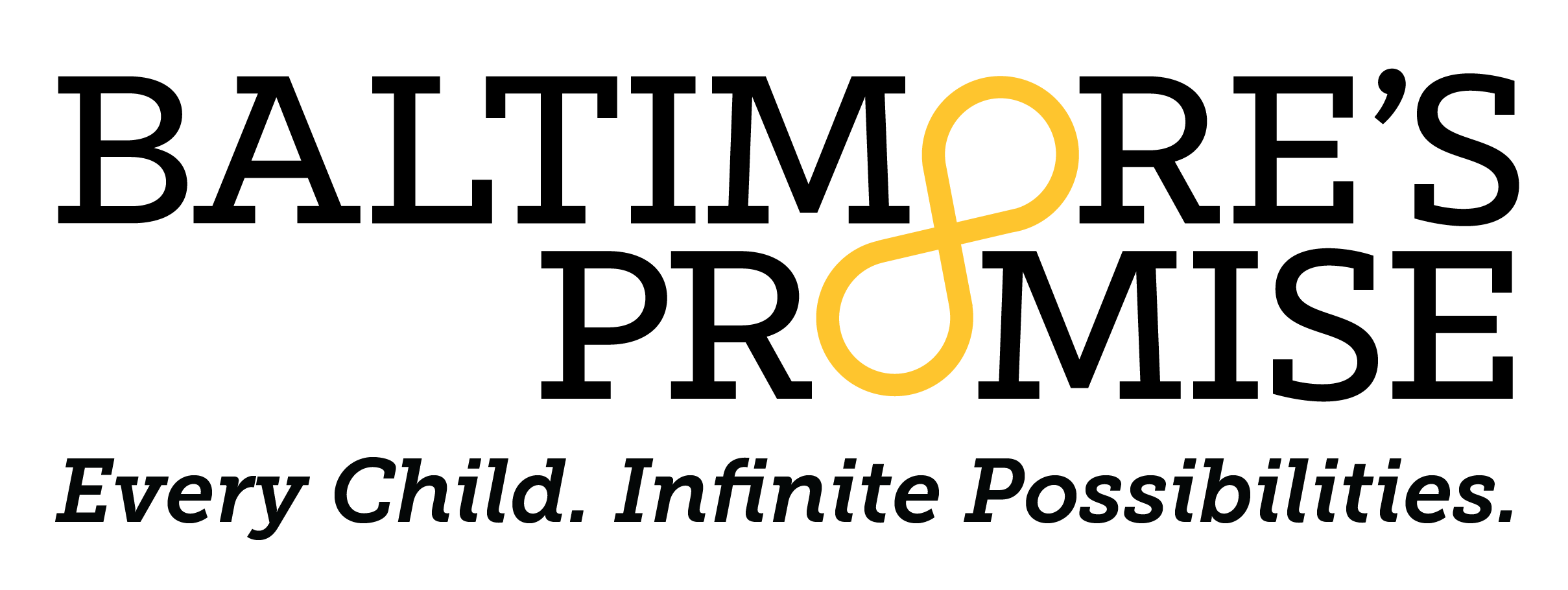Generational Change: Building a "Sticky and Resiliant" Organization
A Conversation with Matt Gallagher, President and CEO of the Goldseker Foundation
When Matt Gallagher, president and CEO of the Goldseker Foundation, first heard about the emerging concept of Baltimore’s Promise, he was intrigued by its time horizon.
“This was going to be not a one- or two- or even five-year thing. This was going to be focused on generational change,” said Gallagher, an early member of the organization’s Board of Directors. “If you’re going to move the needle on these types of issues, it’s so hard to do so in a short amount of time. It’s going to take 20 or 25 years to have the type of impact you want.”
Having spent years in leadership roles in local and state government, he had seen a wide variety of initiatives focused on supporting children, young people, and families. But the concept of collective impact had not come up in his public-sector experience, and he knew that changes in City Hall or the State House often shifted funding priorities and on-the-ground approaches.
“There were always discrete, individual efforts around very specific initiatives, but they did not generally have the kind of staying power and resiliency that you needed to endure,” he said, adding the founders of Baltimore’s Promise approached the work differently. “They were talking about building something that was going to be sticky and resilient and be able to endure through multiple mayoral administrations.”
A Solid Structure to Support Sustainable Change
Over the past 10 years, Gallagher and the Goldseker Foundation supported Baltimore’s Promise as it built credibility with various stakeholders, launched pilot projects, and took on larger roles in key initiatives, such as aligning funding for local COVID responses, summer opportunities for youth, and grassroots approaches led by people of color. He also noted the importance—and unique nature—of the organization’s deep commitment to data as a guiding principle and foundational component of decision-making.
“I think Baltimore has for too long punched well below its weight,” he said. “We’ve got all these social, health, and public safety challenges. We really don’t have the luxury of being inefficient, … duplicative, and ineffective. It’s nice that there is a mechanism that can … provide some good solid structure.”
When thinking about the future of Baltimore’s Promise, Gallagher envisions it taking a larger role in policy development and decision-making at the local and state levels, supporting the redirection of public funds to scale the most effective programs.
“We’re not even 40% of the way there in terms of what people envisioned when they started Baltimore’s Promise. People were talking about measuring this in a 25-year interval,” he said. “I think that we’re really hitting our stride right now. We have the ability to implement things. We’re increasingly working at larger scales. I’m pretty bullish on the outlook for the next 10 to 15 years.”
